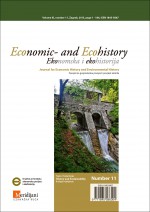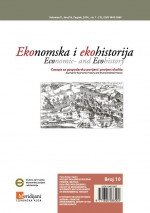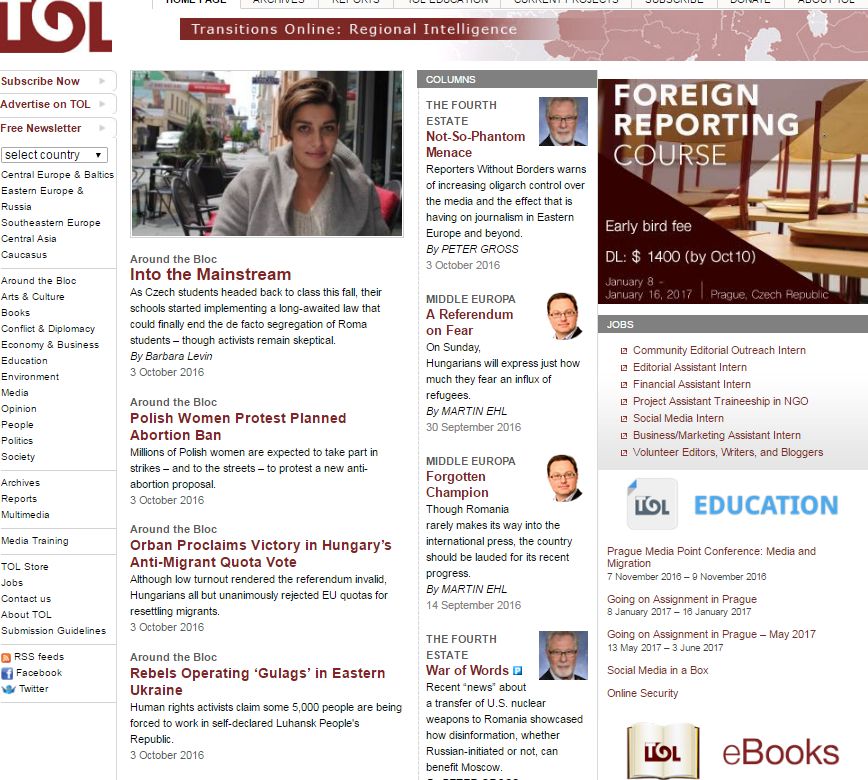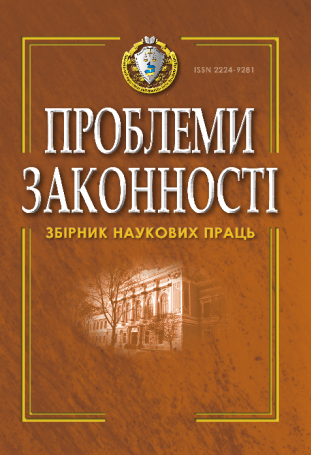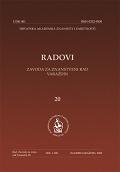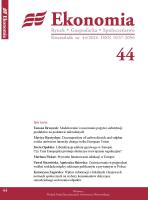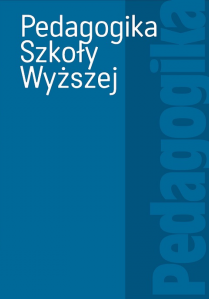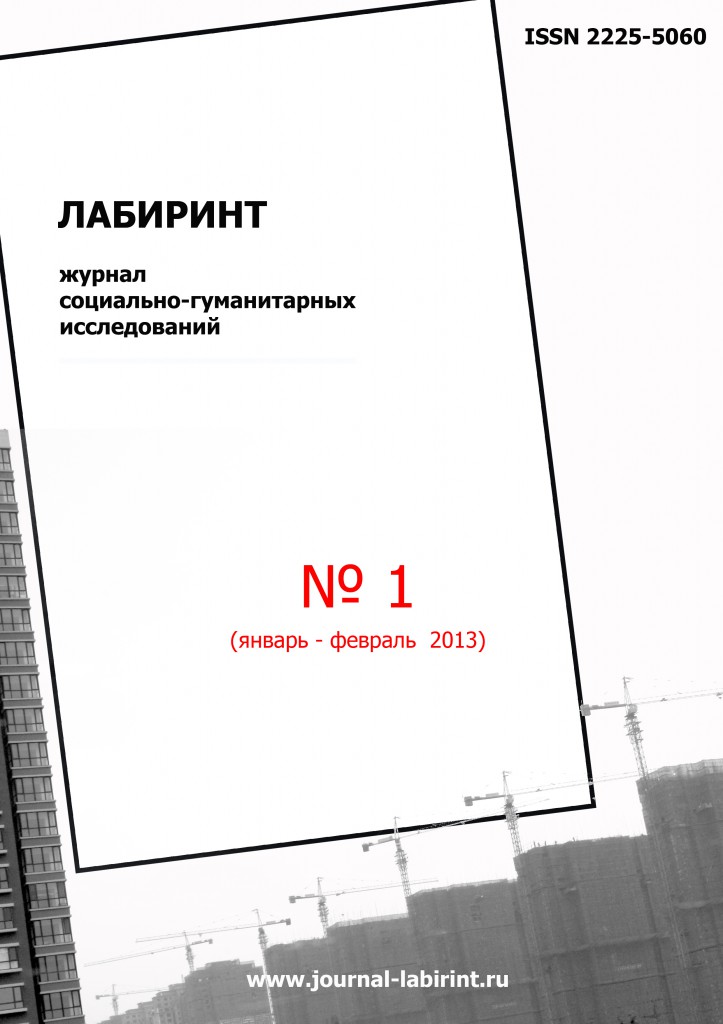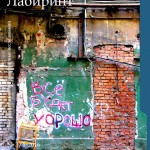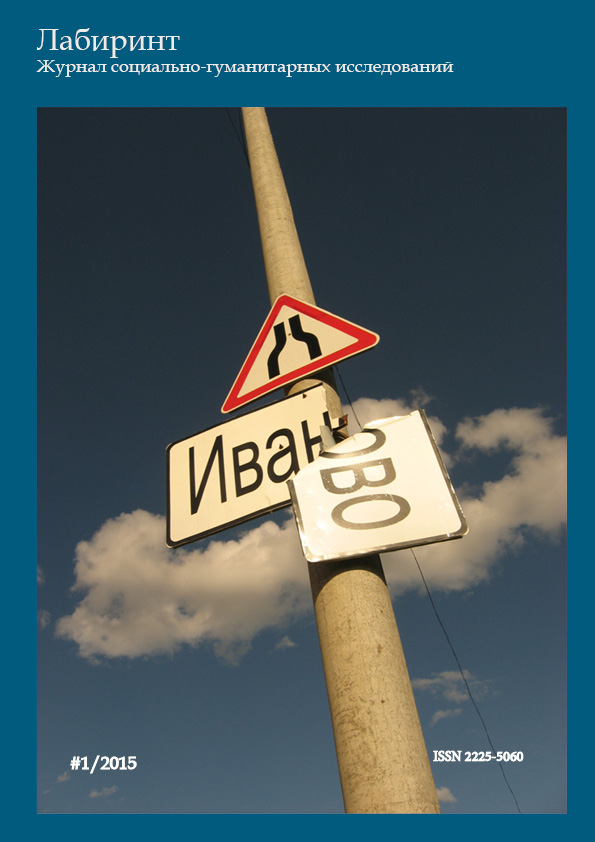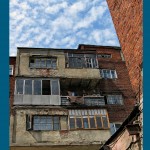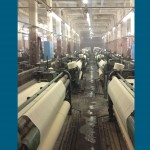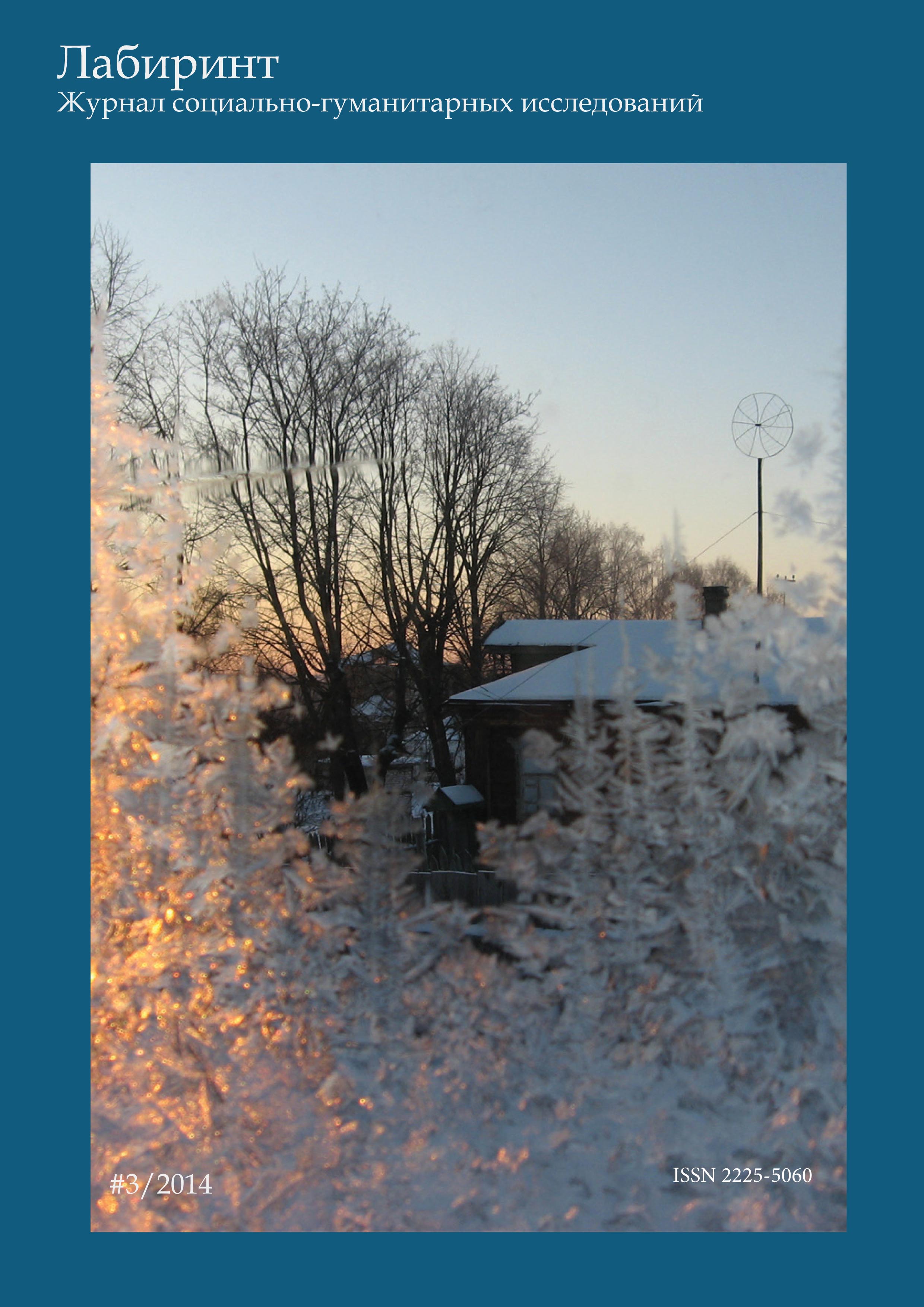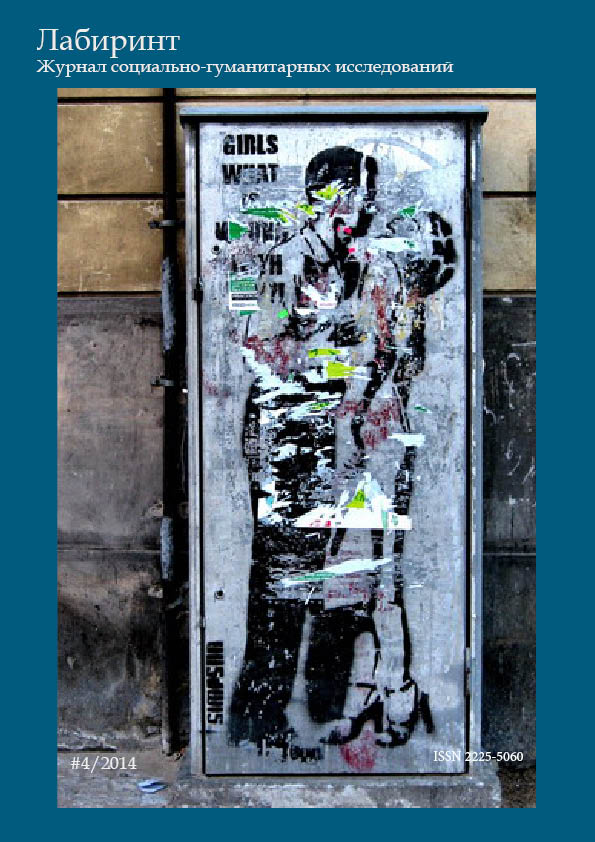Author(s): Eduard Kušen,Nina Kušen Tomljanović / Language(s): Croatian
Issue: 26/2015
The spring of the sulphuric thermal mineral water Klokot, in the municipal garden of Varaždinske Toplice (Varaždin Spa) has, for over 2000 years, formed the healing, medical and cultural history of this spa-town. Most of this healing water comes from the water catchment area of the mountain range of Kalnik and the eastern slopes of Ivanščica which, to its thermal spring of Klokot, has travelled for more than 40.000 years.
Sulphuric baths, the basic spa and health attraction of the Varaždinske Toplice was at the core of the human settlement of this area, evolving from the first ancient settlement – Roman baths Aquae Iasae, from I to IVth century. From the medieval times to the modern era, the town was the property of the Roman Catholic archbishop of Zagreb (1181 to 1945). During its golden era, from 1838 to 1914, Varaždinske Toplice followed the same development trajectory as the other fashionable European spa towns. Furthermore, in 1936, the excavations of the remains of the roman Aquae Iasae situated around the Klokot spring started. The end of the World War II, with its major social and economic changes, marked yet another stage of the Varaždinske Toplice development. The spa-complex was turned into the Hospital for rheumatic diseases and rehabilitation in 1963. Three years later, in 1966, the Hydrotherapy facilities were added, followed by the hotel Therapy (250 beds) in 1973 and much larger hotel Minerva (588 beds) in 1981.
The another turning point for the Varaždinske Toplice development happened in 1991, with the onset of the Homeland war, when the hospital was mostly treating the wounded soldiers and has, thus, got its official status as the Special hospital for medical rehabilitation Varaždinske Toplice. Later on, this period will become known as the transition era that has ended in an economic recession. In spite of the economic difficulties, the Water park Minerva was added during that time and the new Hydrotherapy complex was completed. As a consequence of ambitious and continuous excavation program of the roman Aquae Iasae, the municipal museum was renovated and modernised, and the archaeological site conserved and interpreted.
Against this context, significant and diverse attractions related to baths, medical treatments and cultural heritage of the Varaždinske Toplice are identified and evaluated in order to provide foundations for attractions on which two new tourism products – health tourism and cultural tourism - can be created, both aligned well with the funding policy of the EU.
More...
